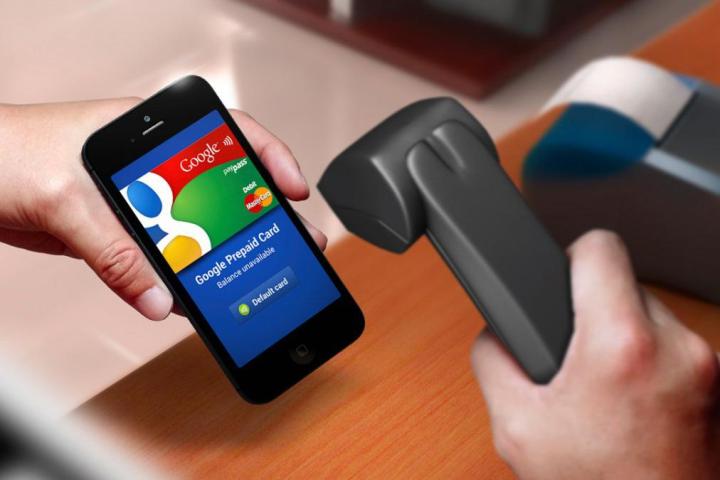

The new Google Wallet, which is reportedly set for an unveiling at Google’s annual I/O developer conference, will let users send money to each other directly from attached debit accounts. Wallet already supports money transfers, but they can take days depending on the funding source. Bank-based transfers will presumably be much faster.
Android Pay will fill any gaps left in Wallet’s transitional wake, according to the Times report. Like Apple Pay, let merchants accept payments from within their apps and support tap-based NFC payments at brick-and-mortar businesses. And Google’s working with “credit card networks, card-issuing banks and payment processors” on loyalty program integration — Android Pay purchases at participating businesses will automatically add rewards points to accounts, sources say.
Well I guess not a rumor anymore pic.twitter.com/MvS0JAEQy2
— carolina milanesi (@caro_milanesi) May 28, 2015
Motivating the Wallet pivot is a shift in payment strategy. Of Android Pay: “We are doing it in a way so that anybody else can build a payments service on top of Android,” Pichai said at MWC. The thinking internally is that it’ll render much of the current Wallet’s functionality redundant, according to the Times.
Google Wallet’s faced its share of struggles. It’s been blocked by carriers, rebuked by credit card companies, and largely ignored by consumers, but you wouldn’t know it from all the progress it’s made lately. Google’s Wallet division partnered with Dunkin’ Donuts, Shopify, Seamless and ChowNow in April, and recently purchased infamous payment conglomerate Softcard.
Android Pay is ultimately a grab at the millions of smartphone owners who already use mobile payments, and the tens of millions more likely to join them in the coming years. Research firm BI Intelligence projects mobile payments in the U.S. alone will rise to $818 billion by 2019, or about five percent of all transactions. That’s likely thanks to Apple Pay, which already makes up more than $2 out of $3 spent on purchases using contact-less payment across the three major U.S. card networks. If Google’s dealmaking, acquisitions, and willingness to go back to the drawing board are any indication, though, the search giant isn’t bowing out without a fight.


